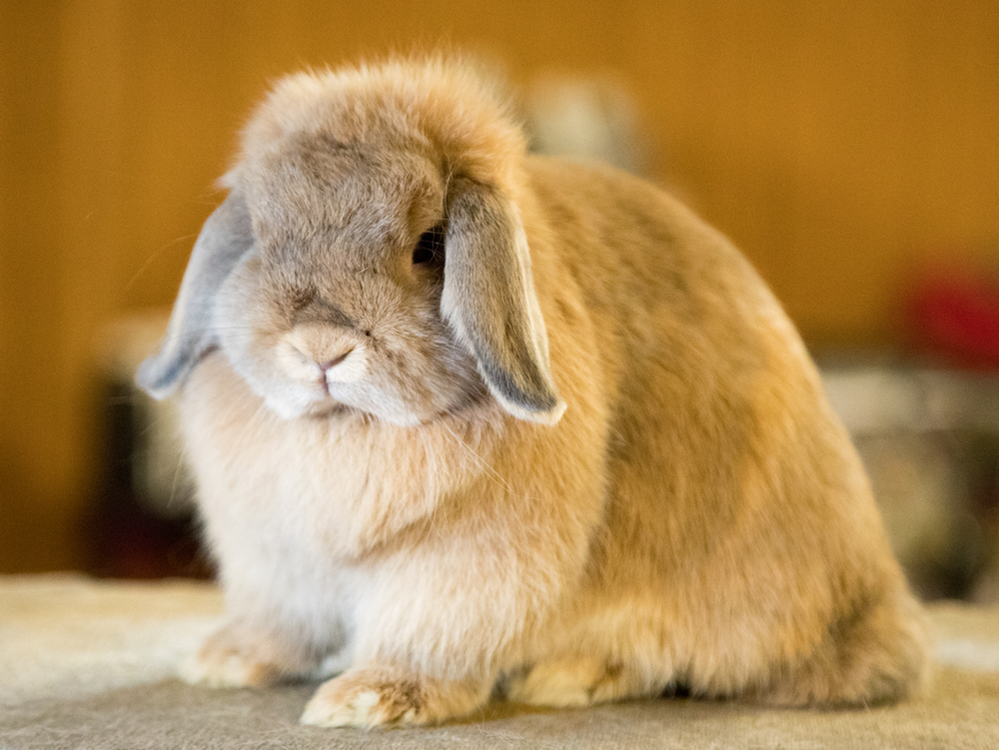|
|
lilac foxGenotype: a(t)- bb C- dd ee
The lilac fox is genetically a lilac tort with the addition of a tan pattern gene. These rabbits display some fawn influence over the top of the body and the chest, shading off to a lilac color on the flanks. The undercolor is a shade of dark cream. The belly, underside of the tail, eye circles, nostrils, jowls, inside of the ears, back of the front feet, and inside of the rear feet are creamy white in color. The belly undercolor is a shade of off-white. The ears are darker in color than the body. |
How do I determine whether my rabbit is a lilac fox or a cream?
1. Look at the nose. A cream will shade from light to dark, and a lilac fox will shade from dark to light. Sometimes the more intensely colored foxes will maintain the dark color going up, rather than shading off to a lighter color. Lilac foxes will have distinctly darker faces with less of a fawn influence when compared to creams. The nostril markings will also be more distinct in foxes.
2. Look at the cheeks. Foxes will typically have a strip of darker color running along the cheeks just above the white jaw-line. Some foxes will also exhibit a small patch of this color running vertically just behind the muzzle.
3. Look at the flanks. Lilac foxes will typically display a darker variation of lilac color on the flanks, and often darker color over the entire body with less of a fawn influence when compared to creams.
***A lilac fox will appear much brighter and cleaner in color than many true creams.
1. Look at the nose. A cream will shade from light to dark, and a lilac fox will shade from dark to light. Sometimes the more intensely colored foxes will maintain the dark color going up, rather than shading off to a lighter color. Lilac foxes will have distinctly darker faces with less of a fawn influence when compared to creams. The nostril markings will also be more distinct in foxes.
2. Look at the cheeks. Foxes will typically have a strip of darker color running along the cheeks just above the white jaw-line. Some foxes will also exhibit a small patch of this color running vertically just behind the muzzle.
3. Look at the flanks. Lilac foxes will typically display a darker variation of lilac color on the flanks, and often darker color over the entire body with less of a fawn influence when compared to creams.
***A lilac fox will appear much brighter and cleaner in color than many true creams.



